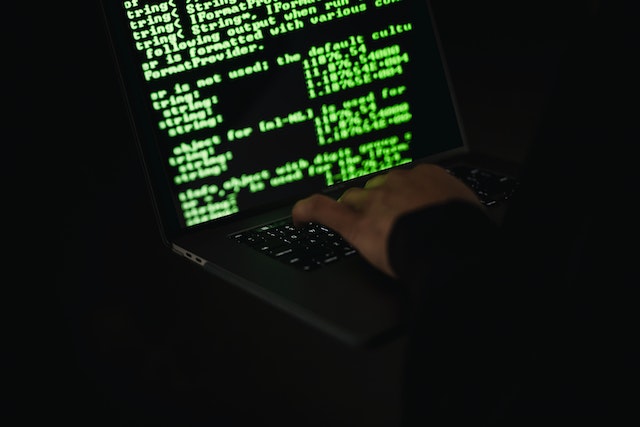In the ever-evolving landscape of cybersecurity, the MOVEit hack has emerged as a force to be reckoned with, spawning around 600 breaches and proving that its disruptive capabilities are far from over. This article sheds light on the origins, impact, and ongoing threats posed by the MOVEit hack, offering insights into the imperative need for robust cybersecurity measures.
The MOVEit Hack: Unraveling the Beginnings
The MOVEit hack first came to light as a major cybersecurity breach that targeted organizations relying on secure file transfer protocols. Infiltrating a system designed to facilitate safe data exchange, the hack exploited vulnerabilities to gain unauthorized access to sensitive information. Its modus operandi involved bypassing security layers and gaining entry to otherwise protected networks, emphasizing the pressing need for more advanced cybersecurity strategies.
A Cascade of Breaches: The Extent of Impact
The fallout from the MOVEit hack has been nothing short of staggering, with an estimated 600 breaches traced back to this single malicious event. From financial institutions to healthcare providers and beyond, organizations across various sectors have fallen victim to the sophisticated tactics employed by the perpetrators. This hack has not only compromised sensitive data but has also eroded the trust that consumers and stakeholders place in institutions to safeguard their information.
The Persistent Threat: Ongoing Implications
While the MOVEit hack has already inflicted significant damage, its aftermath continues to reverberate. The hackers’ persistent efforts to exploit any remaining vulnerabilities necessitate constant vigilance. Organizations are now grappling with the challenge of fortifying their defenses against potential future breaches stemming from the same tactics. Regular system audits, vulnerability assessments, and employee training have become paramount to ensure that any potential weak points are addressed promptly.
Mitigating the Threat: Strategies for Long-term Resilience
In the face of an ongoing threat like the MOVEit hack, proactive measures are crucial to safeguard data and maintain cybersecurity. Instituting multi-layered security protocols, utilizing advanced encryption techniques, and implementing intrusion detection systems can collectively bolster an organization’s defenses. Collaborative efforts within the cybersecurity community to share threat intelligence can also provide early warnings against potential breaches.
Conclusion
The MOVEit hack’s legacy serves as a stark reminder of the evolving nature of cyber threats. Its ability to spawn around 600 breaches and persistently target vulnerable systems underscores the importance of a proactive and comprehensive approach to cybersecurity. Organizations must remain committed to continuous monitoring, adaptive defense strategies, and regular updates to mitigate the impact of future threats. Only by staying ahead of the curve can we hope to safeguard sensitive data and maintain the trust of those who rely on our digital infrastructure.












